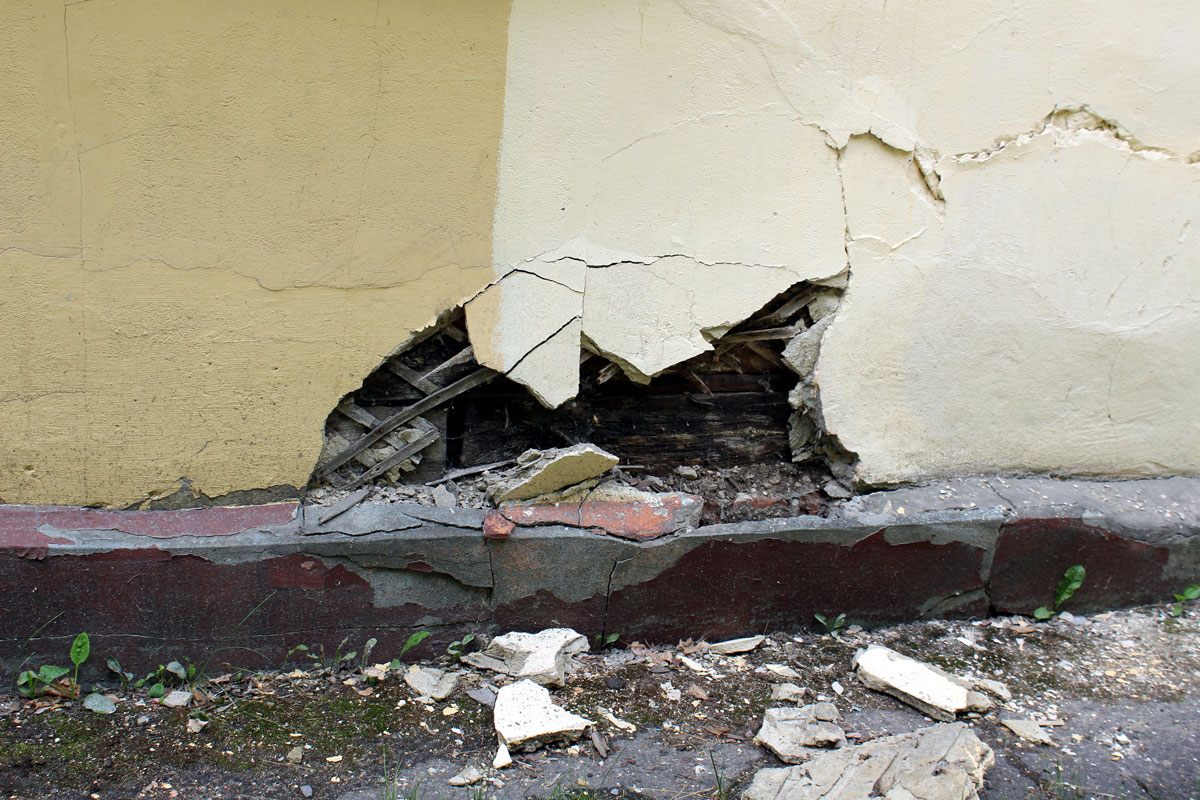A district court in Montana recently applied an anti-concurrent clause in a property insurance policy to preclude coverage based on an earth movement exclusion. In Ward v. Safeco Ins. Co. of Amer., No. 1:19-CV-0133-SPW, 2021 WL 3492294 (D. Mont. Aug. 9, 2021), the insured’s tenant reported that water was leaking from a main pipe serving the insured’s property, and the leak caused some soft spots to form in the floor of the kitchen. The insurer and agent’s subsequent inquiries led to the understanding that a leak under a slab affected the soil, which caused the house to settle, which then caused damage to the house.
The insurer then retained an engineering firm to investigate the insured’s claim. Following an inspection of the property, the engineering firm reported that a portion of the cracks in the concrete perimeter were not new and were caused by the shape of the structure on which the house sat. As to the newer cracks in the foundation, the firm concluded that the settlement could have been caused by a lack of care taken to make sure the foundation was supported by consolidated soil during the excavation of the new water line.
Based on the engineering report, the insurer determined that coverage for the damage was precluded by the policy’s earth movement and water damage exclusions, and denied the claim. The insured then filed a claim with the Montana Commissioner of Securities and Insurance, which provided the insurer with a report from a structural engineer stating that the water line break was the cause of the soil settlement resulting in the floor slab settlement. The insurer stood by its position that the damage was not covered, and the insured sued for coverage in a Montana district court.
In her lawsuit, the insured argued that the exclusions relied on by the insurer were ambiguous. In particular, she contended that the earth movement exclusion was limited to large earth events. However, the court rejected the insured’s arguments, holding that the policy’s earth movement exclusion was unambiguous and applied to any earth movement, no matter how small. The court further held that the term “earth” was clearly intended to include all natural materials that comprise the surface of the earth, including rocks and soil.
The insured further argued that the loss should be covered pursuant to Montana’s proximate cause doctrine, which mandates coverage for excluded events when those events are caused by a covered peril. Even if there was earth movement, the insured contended that the proximate cause of the damage was the breaking of the water main, a covered peril.
The court rejected this argument based on the policy’s anti-concurrent clause, which stated that the insurer would not cover “loss caused directly or indirectly by any of the following [exclusions] . . . regardless of any other cause or event contributing concurrently or in any sequence to the loss.” Because the consolidation and shifting of the soil – an excluded peril – caused the claimed damage, coverage was precluded by the earth movement exclusion even if the damage was also caused by a covered peril. Accordingly, the court granted summary judgment to the insurer.
Under Ward, insurers in Montana can now rely on anti-concurrent causation clauses to deny coverage for property damage caused by an excluded peril, such as earth movement, even when the excluded peril is caused by a covered peril, such as a broken water pipe. Although Montana generally follows the proximate cause doctrine, parties may contract around this doctrine by including an anti-concurrent causation clause in their policies. As Ward demonstrates, a properly worded anti-concurrent causation clause serves to preclude coverage for excluded perils even when a covered peril may be the proximate cause of the loss.


